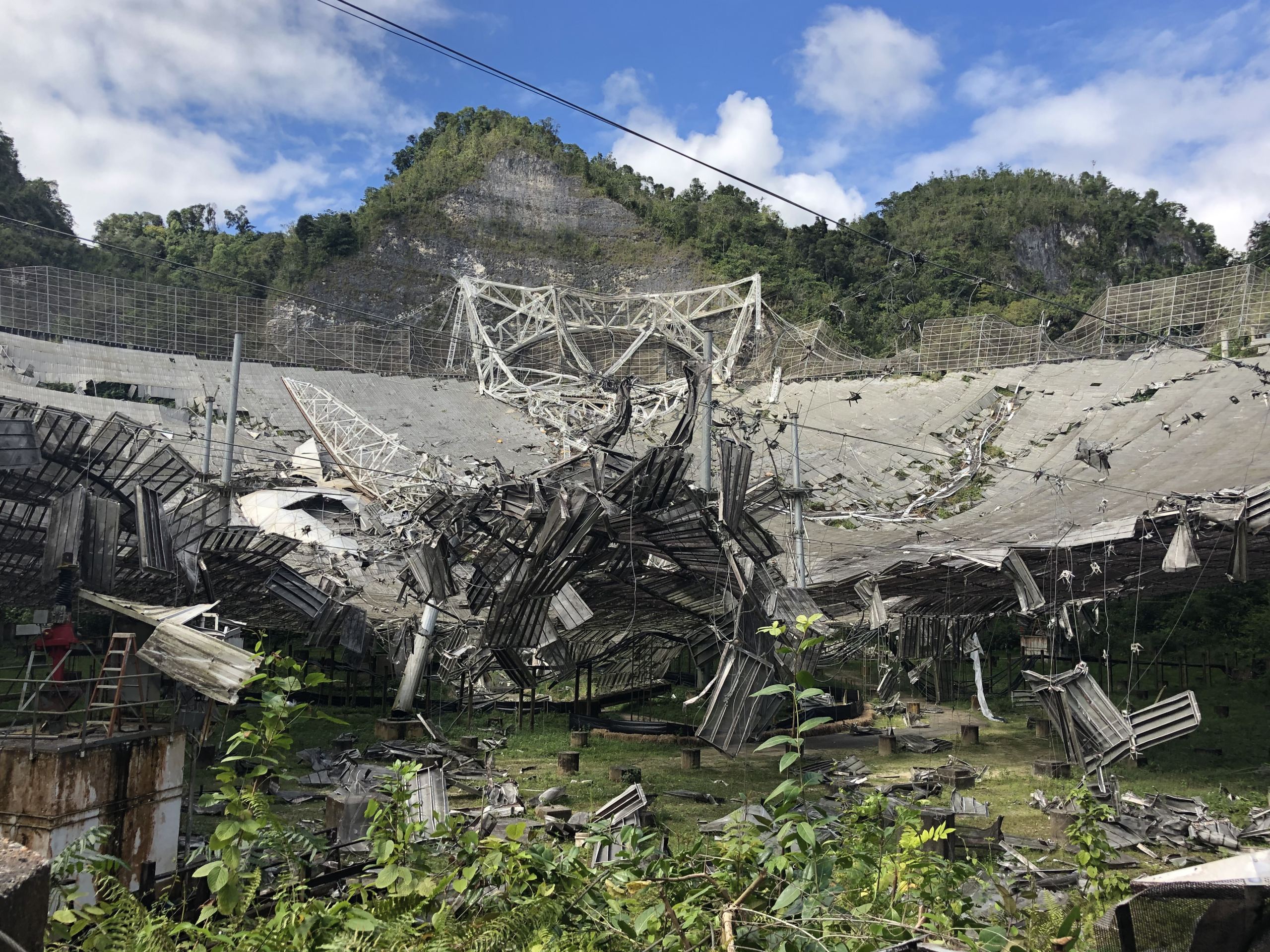- cross-posted to:
- space@lemmy.world
- cross-posted to:
- space@lemmy.world
Rip Arecibo. Fucking politicians and asshole contractors fucking everything up as usual. I don’t know if they’ve finished their investigation, but it sounded like the collapse was a result of not enough funding and contractors skimping on build quality.
Sad that it’s gone. Kinda curious if part of the reason for not rebuilding it is due to the possibility of more frequent hurricanes that are even more severe. Regardless of why, I hope the US builds another next gen one to rebuild our capabilities to detect asteroids and other stellar phenomena.
Honestly, that probably is part of it. That being said, as a radio telescope Arecibo wasn’t really used for asteroids or anything else within the solar system except as a giant transmission antenna. The kind of things Arecibo was designed to observe was radio sources on the far edges of the visible universe.
Honestly, I don’t think another Arecibo is even necessary, it was a product of the technology of the time. In more recent times there’s been a shift towards using networked arrays of radio telescopes, rather than just one big one. The EHT Array used to directly image Sag A* provides an effective aperture that a single telescope could never be able to match.
I know, but I want a constellation of telescopes that continues to improve.
My hope is that we eventually get good enough at autonomous robots that we can have robots start building massive telescopes- like Arecibo- on planets as far away as Pluto. Anything to improve our imaging capabilities and peer even further back in time and space. We’re quite aways from there. But the possibilities excite me!
Why stop at planet-based units? What about a massive langrage point constellation with an effective aperture several times the size of Jupiter? That’s probably the direction things are going to go next, and it’s easier to launch a large cluster of average-sized satellites than try to build a megastructure on another planet.
They have to use fuel to make adjustments in the Lagrange point, and aren’t realistically serviceable once out there. (JWST has about 10-15 years of fuel, has already taken some micrometorite damage that cannot be fixed that far out)
There’s no indigenous metals or fuel to work with either. But there would be on other planets!
I think having a few out there is okay, but they also need some way of cleaning up the Lagrange point so it doesn’t become cluttered with tons of satellites as well. I’d say save the Lagrange point for the uber important missions, with the more mundane stuff being planet based or orbital, where it can be safely decommissioned in atmosphere. I expect telescopes to be constantly improving every 10-30 years for the foreseeable future!
Well, one thing you can do is make sure to decommission the satellite constellation when it’s reached the end of its usable life by putting it back on an intercept course with Earth by either raising or lowering its orbit. Also, radio telescopes are actually a lot less sensitive to physical damage, as their receivers work very differently to that of a telescope operating in near infrared (like JWST) or visible light (like Hubble), and have more in common with a satellite dish used for communications.
As for the lack of access to materials in a lagrange orbit, you wouldn’t actually need that, because you don’t actually have to construct anything during the mission. The various automated spacecraft you’d be sending to construct a planet-based telescope would instead be the telescope.
Regardless, a radio telescope designed around using a constellation of lagrange point satellites would be that kind of uber-important mission, because such a massive radio telescope array would be able to “see” in a MUCH higher resolution compared to any planet-based telescopes, and potentially further as well. As far as we know, the visual range limit of such a telescope could be the information event horizon - JWST gets VERY close to that point already. Such a massive radio telescope could record radio data to that very information event horizon. And due to how the further out you look, the further back in time what you see is due to the speed of light over such vast distances, it would be able to record radio data from as far back as the very moment of the big bang, and in unprecedented detail.
We’ll always have goldeneye 💜





